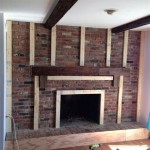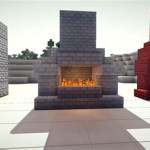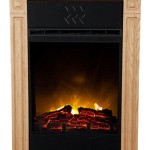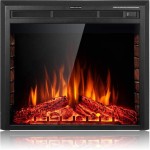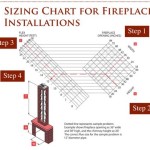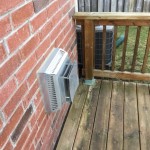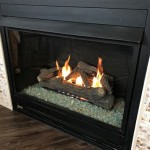Build Fireplace Hearth Pad: Essential Aspects to Consider
A fireplace hearth pad is a crucial component that protects your flooring and provides a safe and aesthetically pleasing base for your fireplace. When constructing a hearth pad, it's essential to consider various aspects to ensure its durability, functionality, and compliance with building codes.
1. Material Selection: The material you choose for your hearth pad greatly influences its performance and longevity. Common options include:
- Stone: Natural stone like marble, granite, or slate offers durability, heat resistance, and an elegant appearance.
- Tile: Ceramic or porcelain tiles are fire-resistant and available in a wide range of designs and colors.
- Brick: Bricks provide a classic look and can withstand high temperatures, but they are more porous and require sealing.
- Concrete: Concrete is a cost-effective and durable option that can be customized with stains or dyes.
2. Size and Shape: The size and shape of your hearth pad should be determined based on the dimensions of your fireplace and the surrounding area. It typically extends at least 16 inches beyond the fireplace opening on all sides and is generally rectangular or square.
3. Thickness: The thickness of the hearth pad plays a role in its ability to protect the flooring from heat. Most hearth pads are between 1/2 inch to 1-1/2 inches thick. Thicker pads provide better insulation, while thinner pads are more suitable for areas with limited clearance.
4. Heat Resistance: The hearth pad must possess sufficient heat resistance to withstand the high temperatures generated by the fireplace. Natural stone, tile, and concrete are excellent insulators and can handle high levels of heat. Bricks require sealing to prevent cracking due to thermal expansion and contraction.
5. Non-Combustibility: Building codes require hearth pads to be non-combustible, meaning they will not ignite or contribute to the spread of fire. Materials like stone, tile, concrete, and certain types of brick meet this requirement.
6. Slope: The hearth pad should be sloped slightly away from the fireplace opening to prevent water or debris from accumulating near the base of the fireplace.
7. Installation: Professional installation is recommended for hearth pads, especially when working with heavy materials like stone or concrete. Proper preparation of the subfloor, appropriate adhesives, and careful grouting or sealing are crucial for a safe and durable installation.
By carefully considering these aspects, you can ensure that your fireplace hearth pad provides both safety and aesthetic appeal for years to come.

Diy Hearth Pad Farmhouse On Boone

Diy Hearth Pad Farmhouse On Boone

Diy Stone Hearth Pad And Wood Stove Install

Diy Hearth Pad Farmhouse On Boone

Drastic Hearth Makeover Diy Wood Stove Pad
Floor Support For Hearth Pad Com Forums Home

How To Build A Solid Granite Stone Hearth For Underneath Wood Stove Hometalk

How To Build A Hearth For Your Wood Stove Doityourself Com

Diy Concrete Hearth She Holds Dearly

Diy Hearth Pad Farmhouse On Boone
Related Posts


